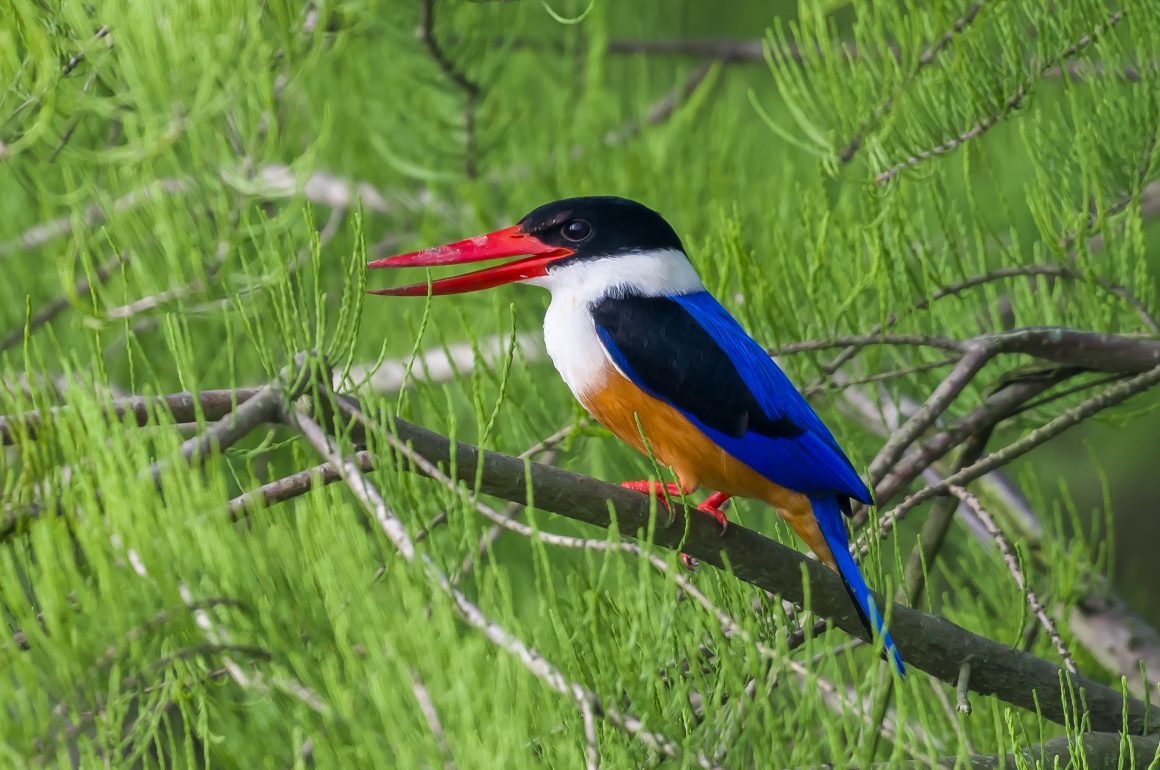
May is a busy month for birds migrating through Shanghai – and of course, last May was completely missed due to the lockdown. So, I spent a lot of time birding this month, and to keep this post at a manageable length, it mostly only covers the first half of May.
It starts with a bird I last saw (and wrote about) in December last year, the Grey-headed Canary Flycatcher.
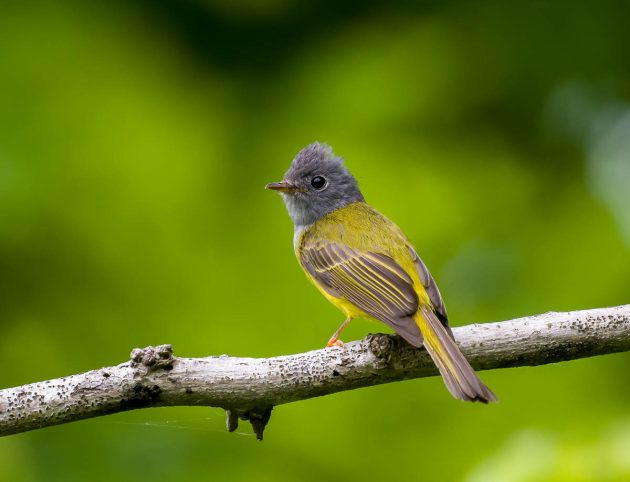
It shouldn’t really be in Shanghai but apparently, it is not very good at reading its distribution map on the HBW website.
The HBW describes the Grey Treepie as a “rather drab brownish-grey treepie”, which sounds a bit too negative to me.
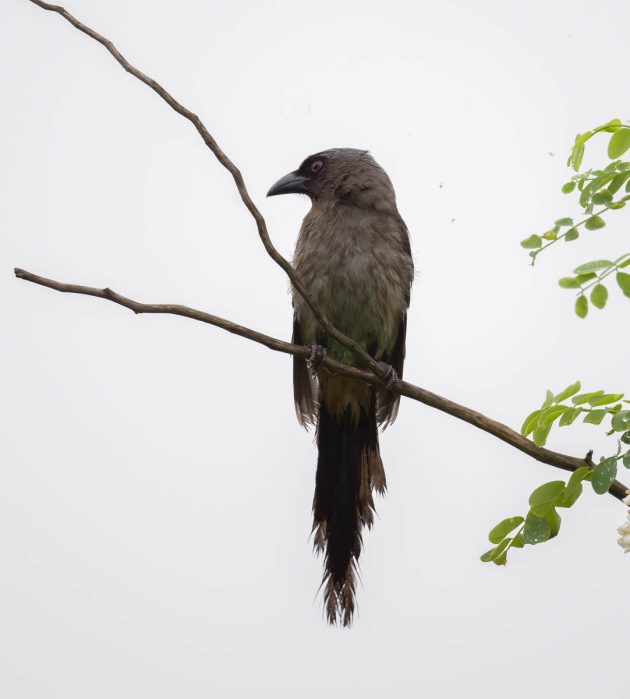
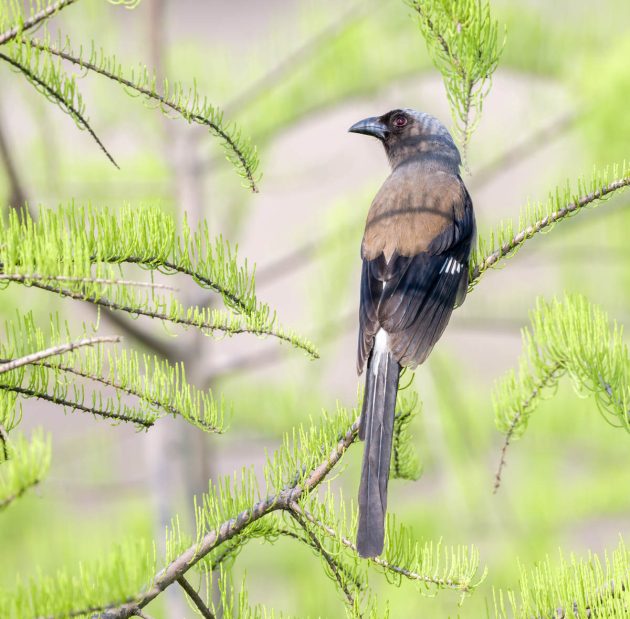
I like it for its easily recognizable vocalizations which eBird describes as follows: “Raucous, with a diverse repertoire; squawks and chatters loudly, but also whistles tunefully”.
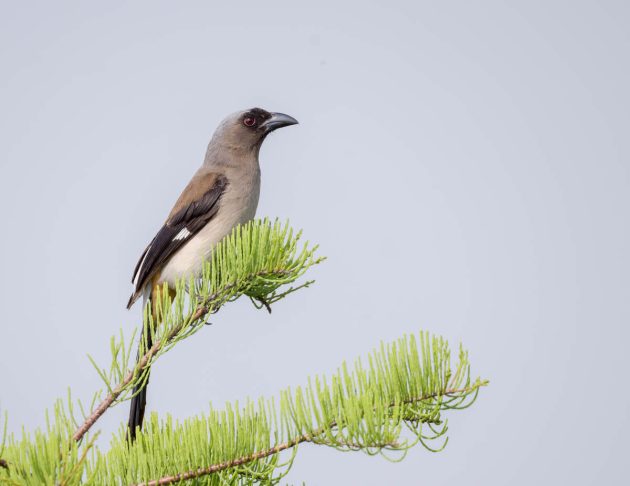
Frankly, the Brown-chested Jungle Flycatcher (video) does not look like much – but it is rare at Nanhui and listed as Vulnerable. The video is notable for the bird basically refusing to move at all.
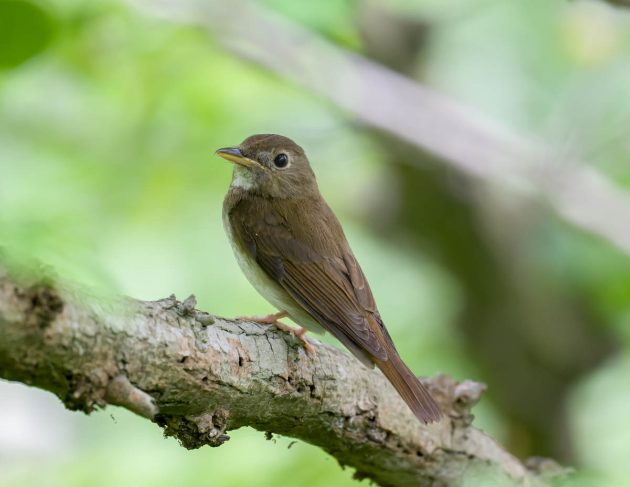
The bird on the photo is one of the estimated 3500-15,000 individuals still alive according to the HBW – a frightening thought given the (too) large number of humans, of which there are about 1 million times more (and of course, each of which weighs 5000 times more than the flycatcher).
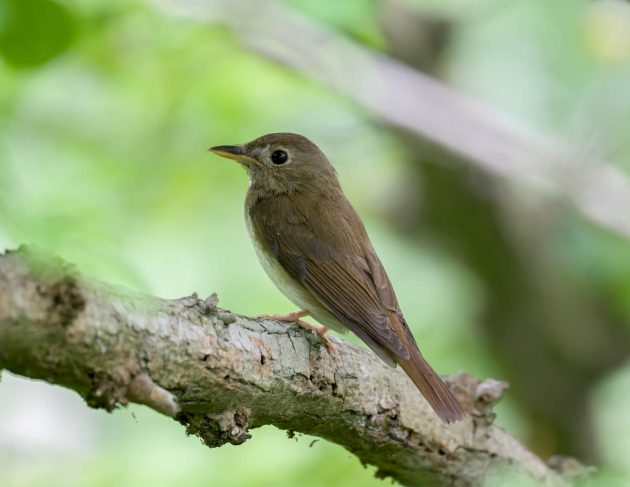
Note to other species: better do not rely on mature primary forests, as this may lead to extinction. Also, do not smoke as it is not good for your health.
If you like to watch Black-winged Stilts, take a look at this video. If you don’t, just look at the photos or take a time machine back to the last century.
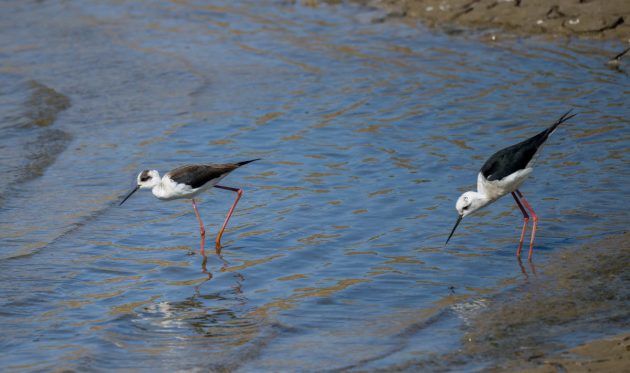
Voltaire once stated that the Holy Roman Empire was “in no way holy, nor Roman, nor an empire”. Taking a cue from him (after all, on his deathbed, when a priest asked him to renounce Satan, he apparently replied “Now, now my good man, this is no time to be making enemies”), I would like to point out that the Black-winged Cuckooshrike is neither black-winged, nor a cuckoo, nor a shrike.
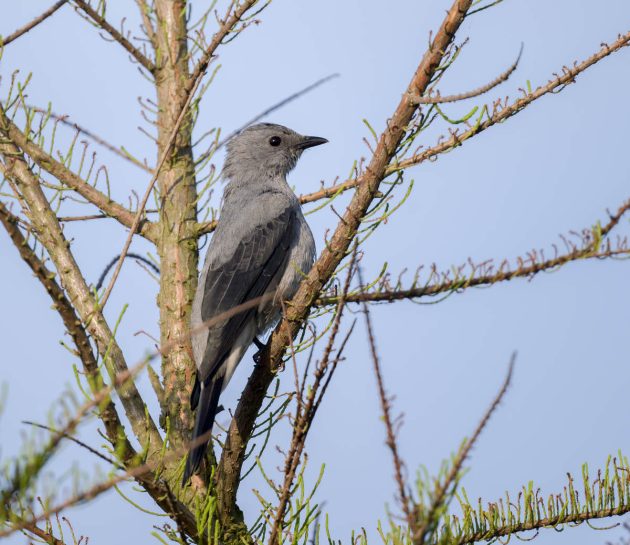
In fact, other names for it are lesser grey cuckooshrike or dark grey cuckooshrike, scoring at least one correct item out of 3.
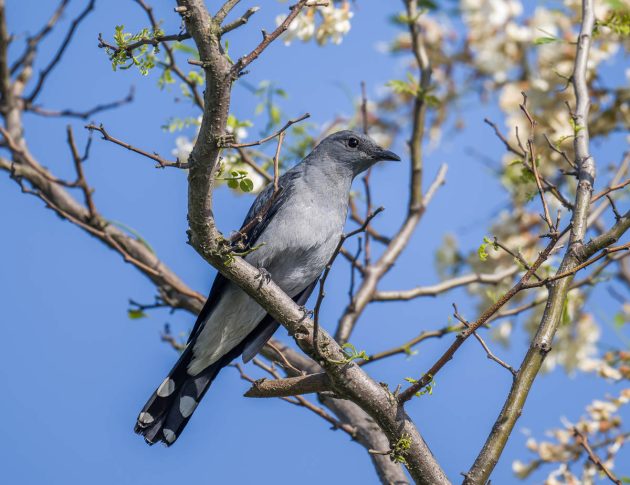
The Chinese name also describes it as “anhui”, or dark grey.
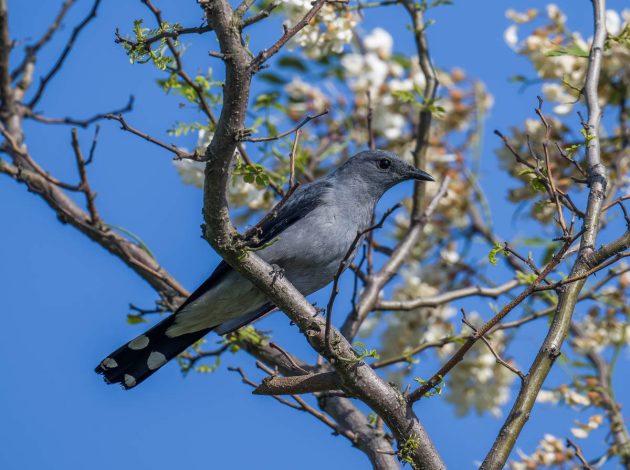
Radde’s Warbler is migrating through Shanghai, and it is actually the first time I have consciously seen it here. This says more about my inability to differentiate between warbler species than about the rarity of the bird – but the bird was kindly singing.
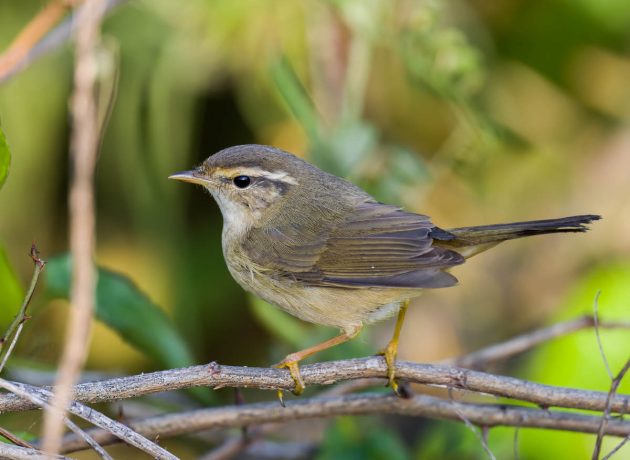
Still, the ability to identify a leaf warbler by song is a worrying development on the road to becoming a very nerdy birder. It is probably all downhill from here. What’s next? Identification of subspecies?
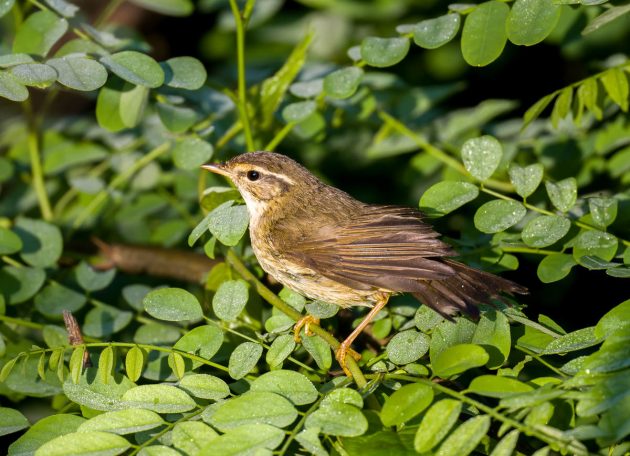
During the breeding season, some Cattle Egrets look like teenage girls who have just discovered the existence of make-up, and consequently massively overdo it. But what do I know about the taste preferences of Cattle Egrets. Maybe they like this Barbie doll look.
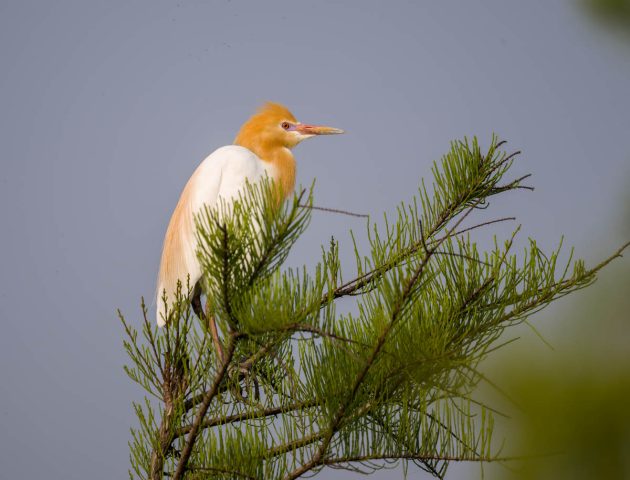
The Black-tailed Godwit is Near Threatened, though not quite as threatened as Nanhui, where the construction areas get closer and closer to the last remaining fields.
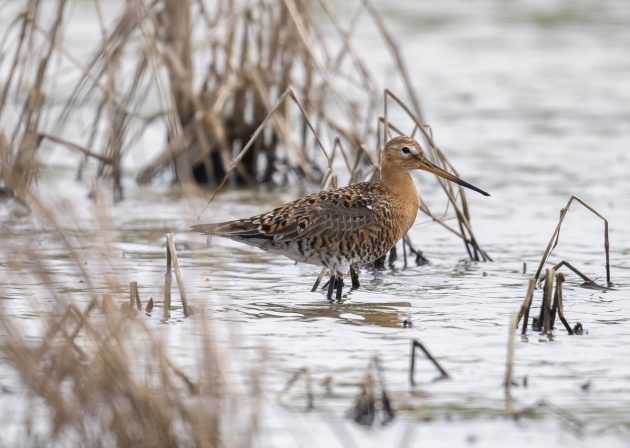
If you are a person who can get excited about subspecies (I am not among them – I plan to ignore subspecies at least until I retire from work), you may want to look at a paper on a proposed new subspecies of Black-tailed Godwits.
The Large Hawk-Cuckoo sounds like a good species for me to get a decent video despite my limited skills – the HBW states that when foraging, it often remains “virtually motionless for long periods”.
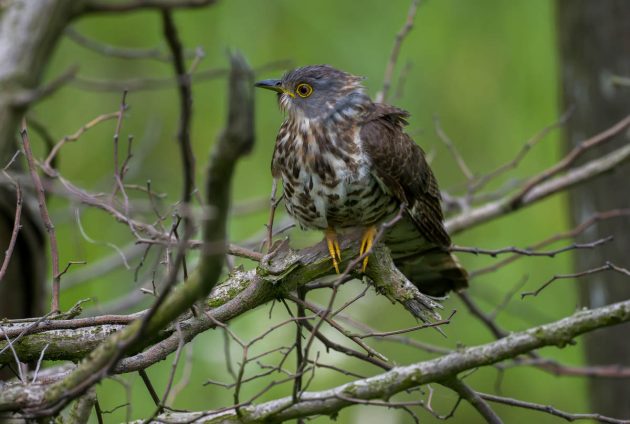
The main hosts for this parasitic cuckoo are the White-browed Laughingthrus and the Chinese Babax – a paper reasons that the latter one is a more recent addition to the species being deceived into raising little hawk-cuckoos as the babax has a lower rate of egg rejection.
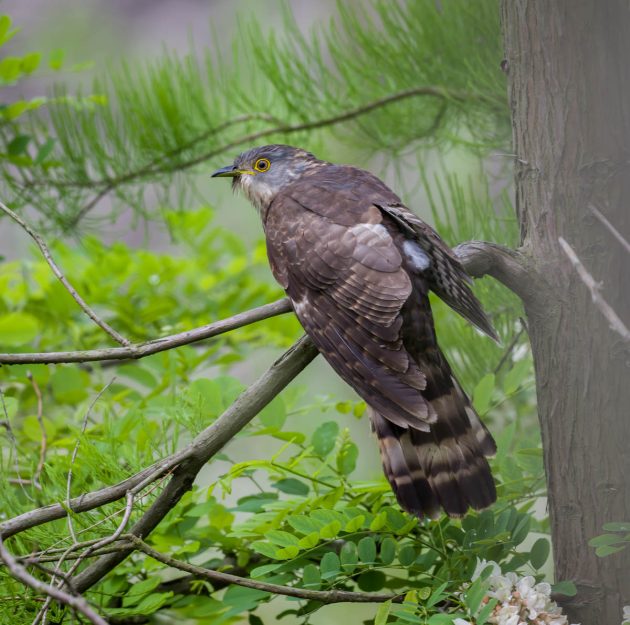
Not only does this species directly parasitize other species but also metaphorically, by imitating the sparrowhawks in its appearance and thus deterring potential predators.
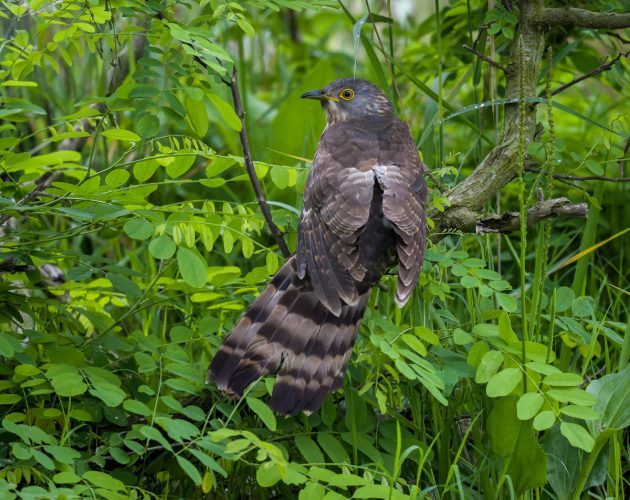
This is also reflected in the Latin species name of sparverioides, which just means sparrowhawk.
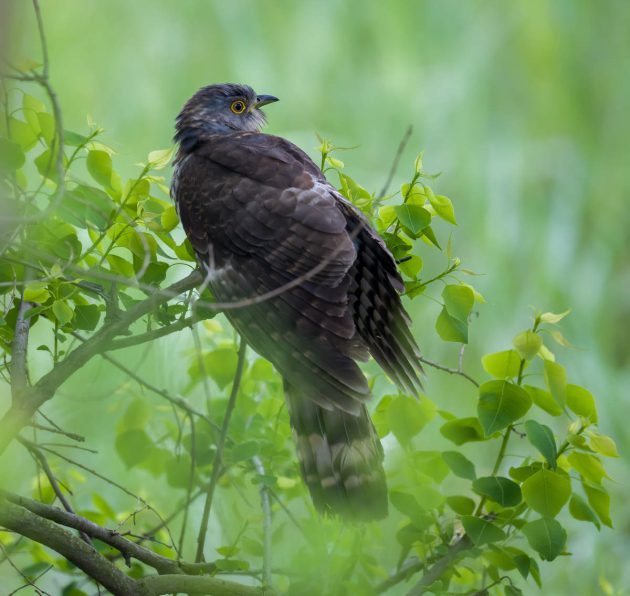
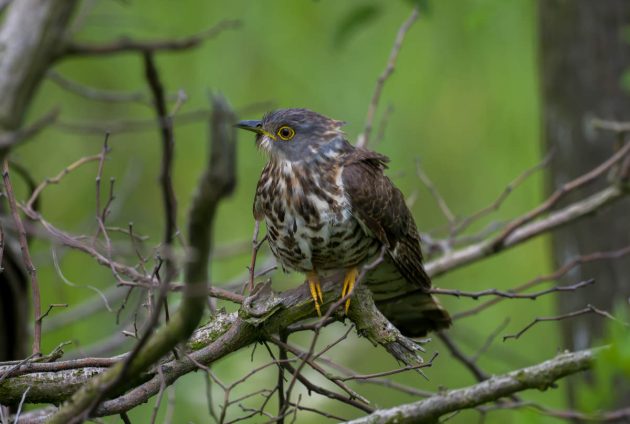
While to my knowledge the Large Hawk-Cuckoo only migrates through Nanhui, the Common Cuckoo stays here in summer and looks for host species, particularly the Oriental Reed Warbler.
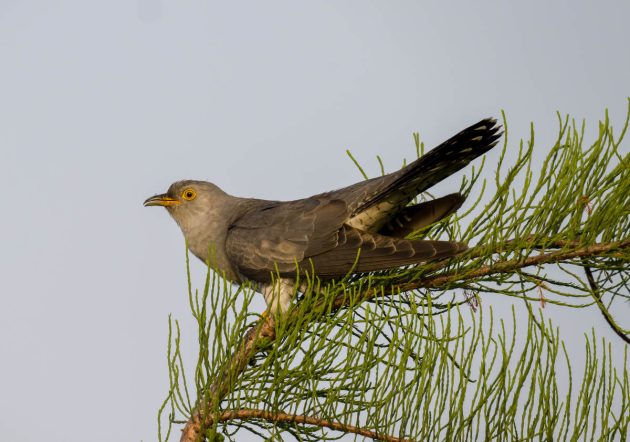
While having somebody else raise your chicks like an attractive strategy to me, it is not without dangers. A paper reports on how a female Common Cuckoo was mobbed and killed by Oriental Reed Warbler hosts.
The photos of the dead cuckoo published in the paper would not look out of place in a horror movie for a cuckoo audience. And the details described are not encouraging for potential nest parasites either: “The cuckoo emitted wailing cries and suffered fatal physical trauma from the frantic pecking and scratching by multiple ORWs, and eventually the prolonged and sustained aggressive mobbing led to the death of the cuckoo”. So, if you think of dropping off your kid with some unsuspecting host parents, make sure not to be seen and leave quickly afterward.
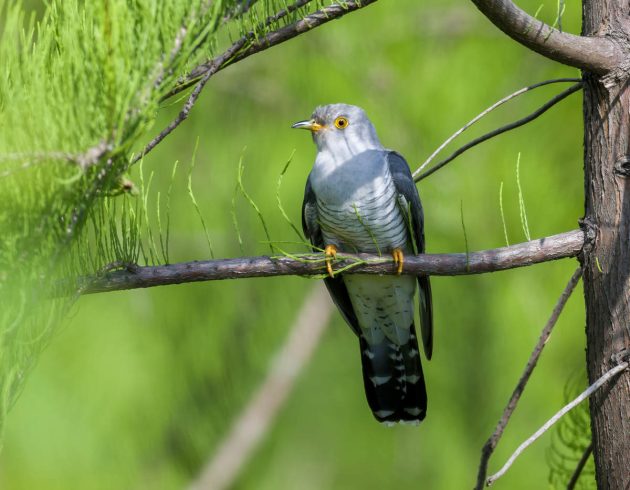
And do not attract as much attention to yourself as the Common Cuckoo in this video.
The Journal “Advances in Ophthalmology & Visual System” is not a regular source for bird-related information. However, in 2017, the journal published a paper with the (spoiler alert!) title “A Peck of Affection or a Peck of Aggression: Case Report of an Eye Injury Due to the Black-naped Oriole“. In which a Chinese man in Singapore picks up a juvenile Black-naped Oriole, which in turn attacks the patient’s left eye causing severe pain and tearing. Unfortunately, the implicit question posed in the title of the paper is not answered, and (the man probably having gotten bored of all the fuss about the bird attack) “subsequently patient was lost to follow-up”.
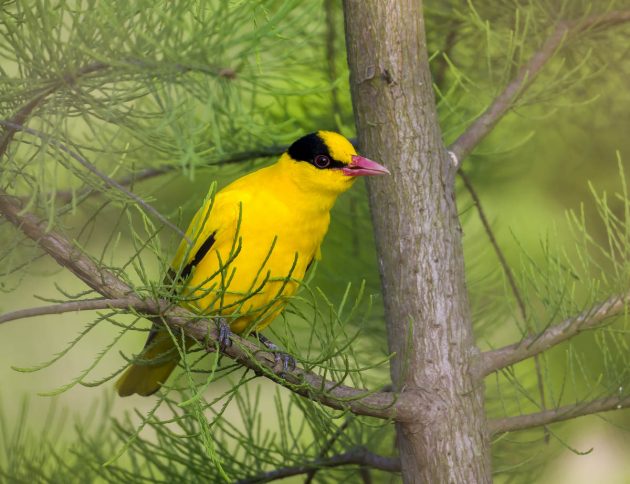
That seems a bit of a waste from the side of the man – I can imagine Eric Hosking never had to buy drinks for himself after having lost an eye to an owl attack …
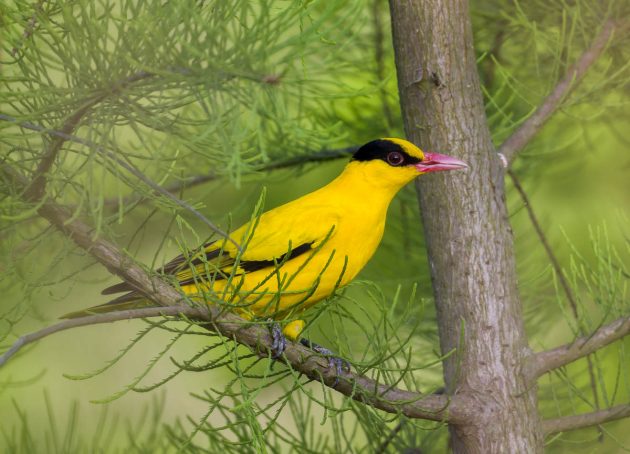
In any case, at Nanhui, the Black-naped Orioles are among the shyest of birds – no danger for the eyes of birdwatchers here.
The Journal of the Bombay Natural History Society is not particularly sensitive to the feelings of kingfishers, calling them a “stockily built birds”. The Black-capped Kingfisher is among the more attractive ones, which is not an easy feat among this bird family.
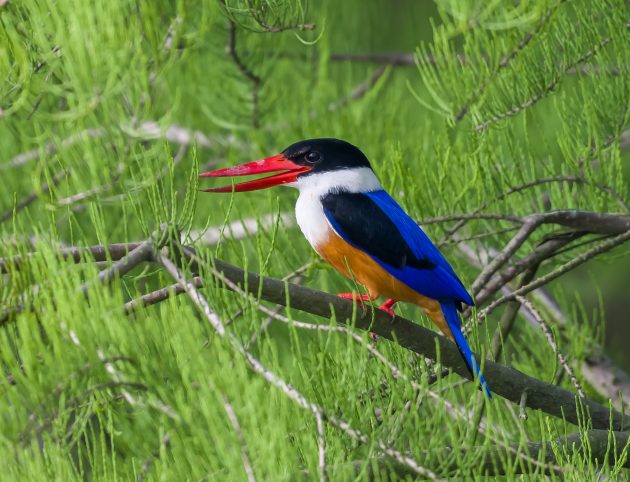
Confusingly, the HBW lists the species as Vulnerable and marks its conservation status as Not Globally Threatened (Least Concern) – a stronger focus on actual specific information might have been helpful.
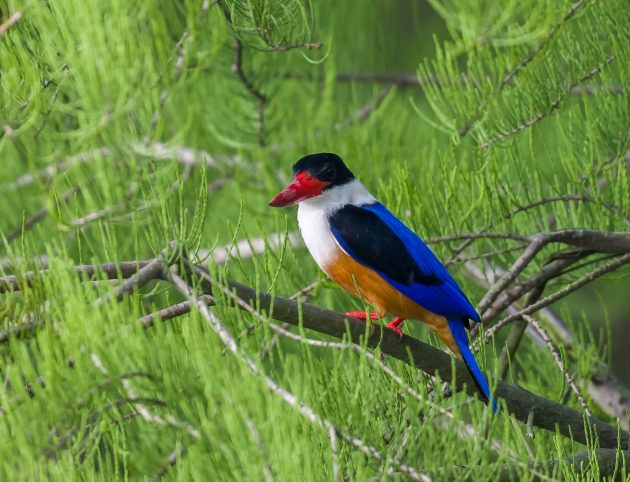
Birdlife International – which presumably focuses more on birds than the HBW does – lists the species as Vulnerable: “Although this species has an extremely large range and likely exceeds 10,000 mature individuals, the population trend appears to be decreasing with occupancy and reporting rate trends suggesting rapid declines within the past three generations”.
A few male Siberian Rubythroats were still around at Nanhui in the first half of May instead of heading to their breeding areas, presumably being similarly unenthusiastic in raising young as me.
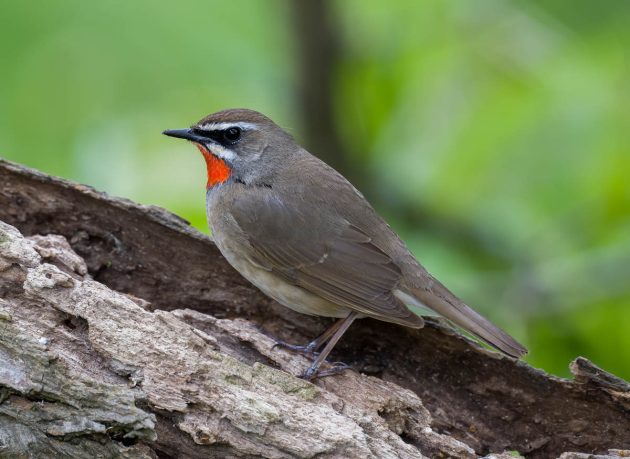
The Latin name Calliope calliope sounds like a bit of an overkill to me (no “so nice they named it twice” for me), but the reference to “Calliope, fine-voiced chief of the Muses, who presided over eloquence and heroic poetry” (HBW) is well deserved given the nice and rather jazzy song of the bird. If you do not believe me, please listen here to what is probably my favorite of all bird song recordings.
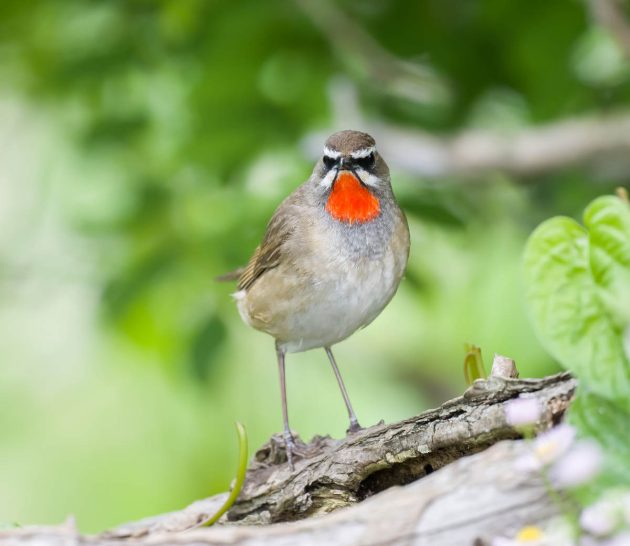
Sidenote: the recording is ascribed to Siberian Rubythroat (Calliope calliope calliope), giving additional urgency to my point about overkill in bird names … The third calliope in the name is a bit puzzling though, as the HBW calls the species monotypic.
There are also a few videos of the bird here and here and here – the last one is actually a Siberian Rubythroat not only listening to passing cars but also to Chinese Grosbeaks.
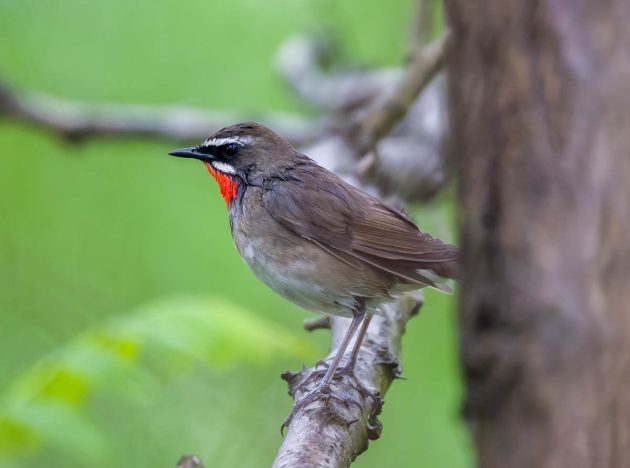
Of course, if you do not like the color red, we can also offer a blue bird – the Siberian Blue Robin. Here at 10,000 Birds, we never forget that you, the reader, have a choice.
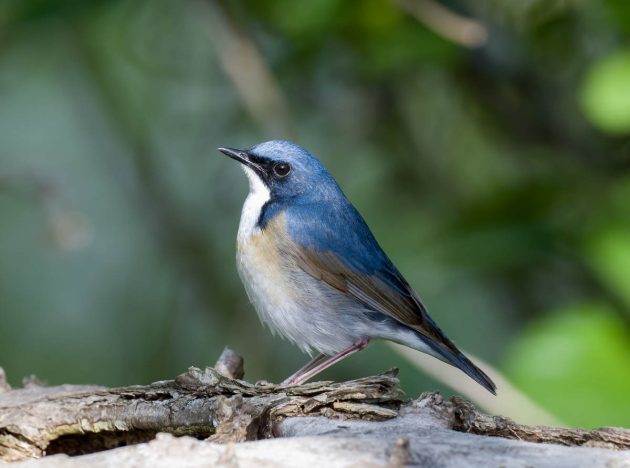
According to the HBW, food brought by Siberian Blue Robins to nestlings in Japan was 36% adult insects, 28% insect larvae, 18% spiders, and 18% unidentified (I suspect the last mostly being unhealthy fast food with the discriminating labels ripped off).

Insects seem to also be the main food item of Brown Shrikes, as this video also shows. People who love moths may want to refrain from watching it though.
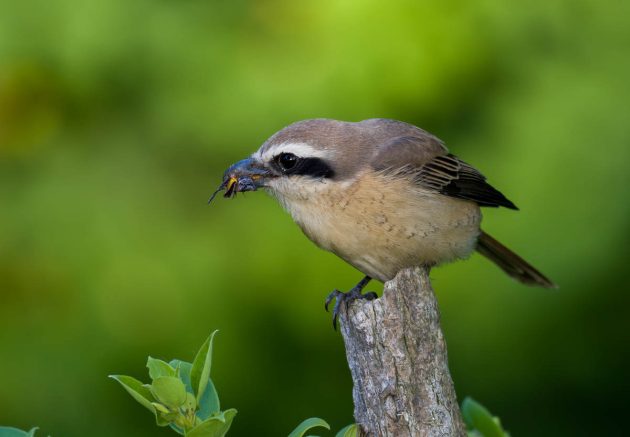
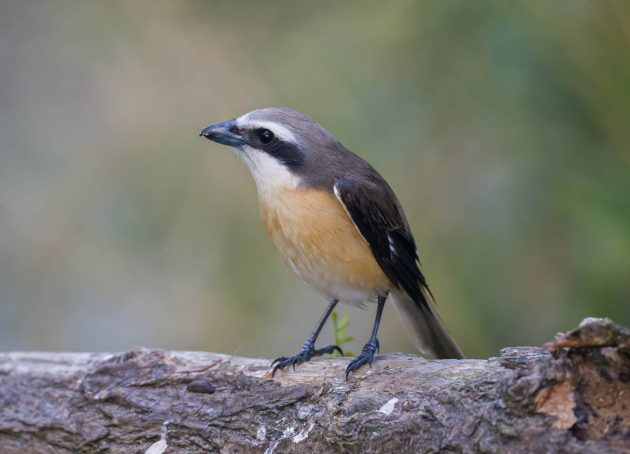
The rather elegant-looking Tiger Shrike also mostly feeds on insects but was not kind enough to let me take a video or photo of this (the species thinks that such recordings may result in a negative public image). It was ok for me to take a video of it doing nothing much though. Better turn off the sound while watching the video as my capability of getting decent sound on videos is still very limited.
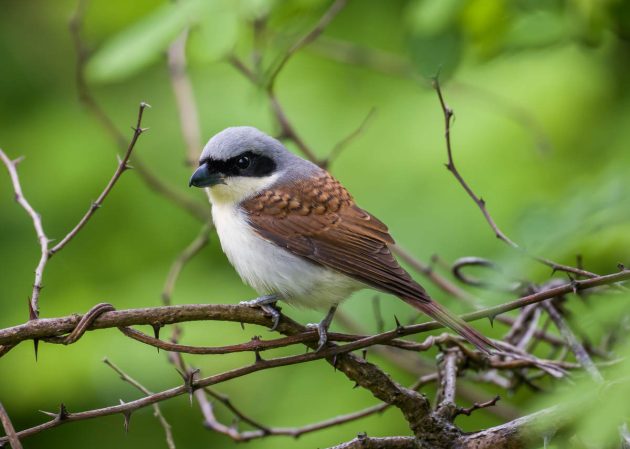
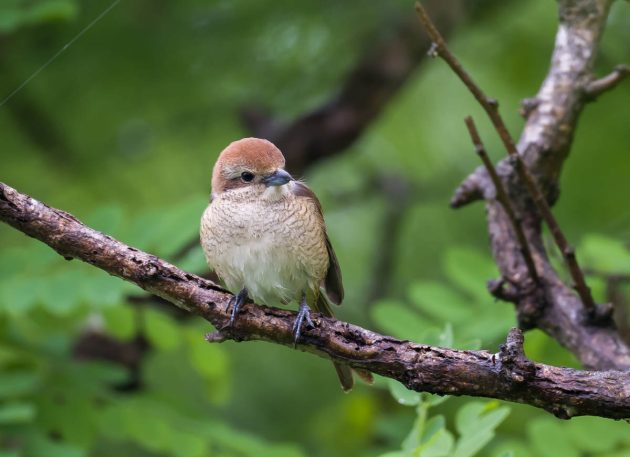
Meanwhile, the local resident bully of a shrike – the Long-tailed Shrike – is busy assuring that the tradition of bullying the smaller birds can be continued for another generation.
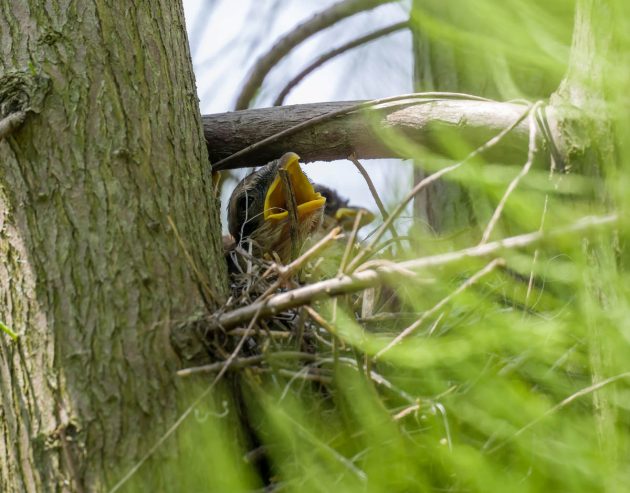
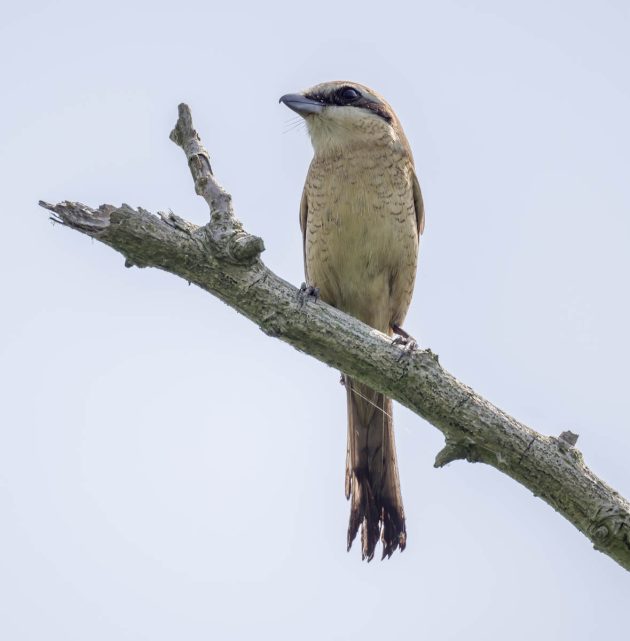
A few more birds without words – but don’t forget, 1001 words are worth more than one picture.
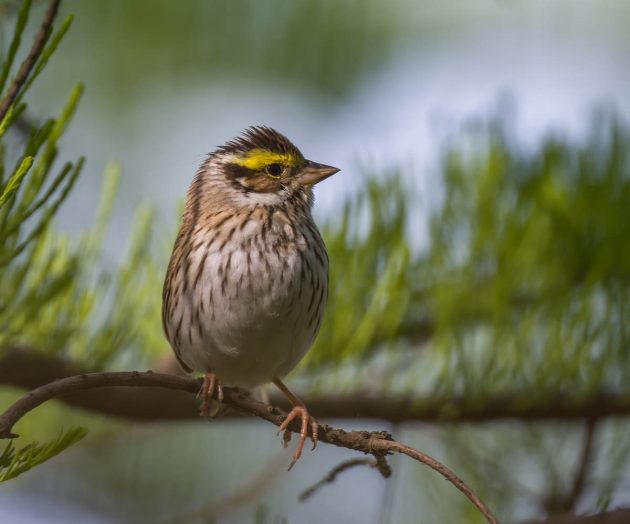
Yellow-browed Bunting
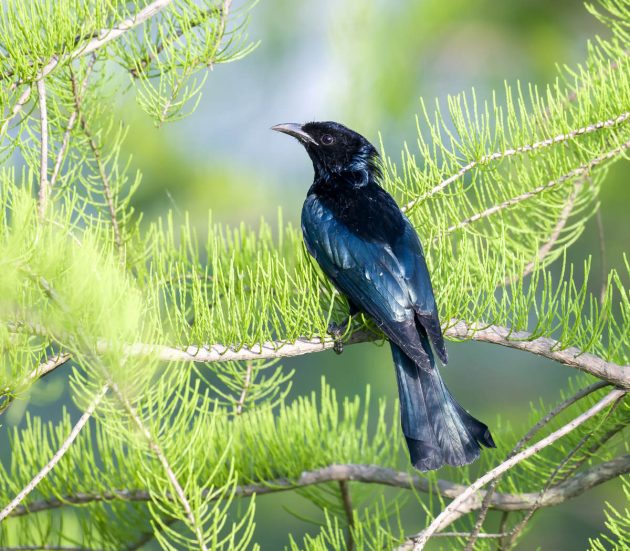
Hair-crested Drongo
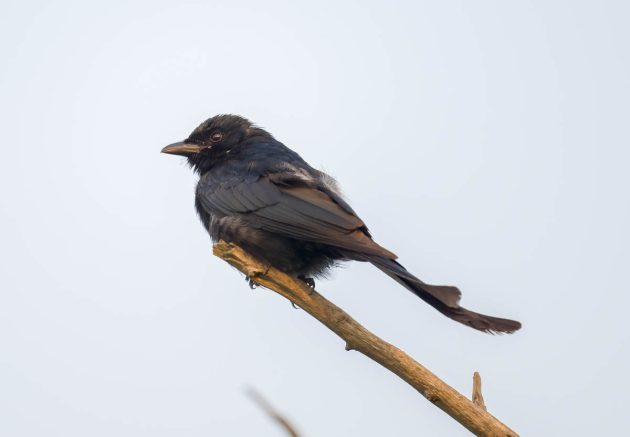
Black Drongo
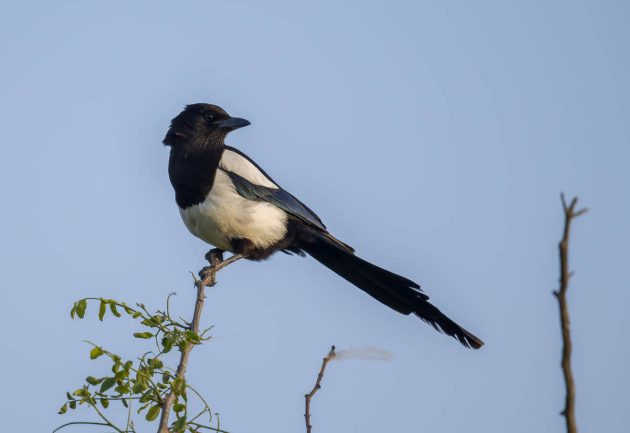
Oriental Magpie

Spotted Redshank
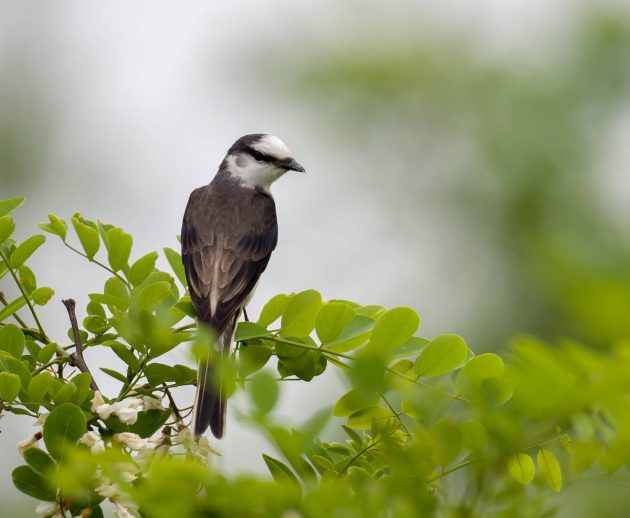
Swinhoe’s Minivet
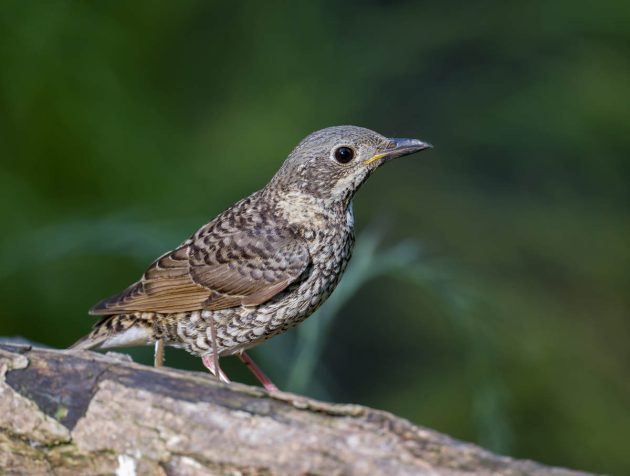
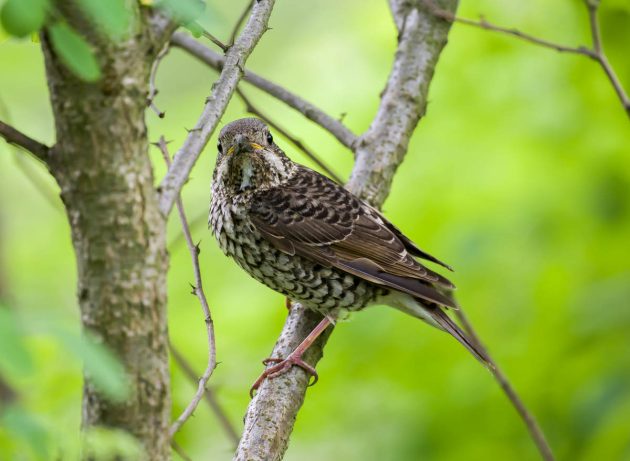
White-throated Rock Thrush (female)
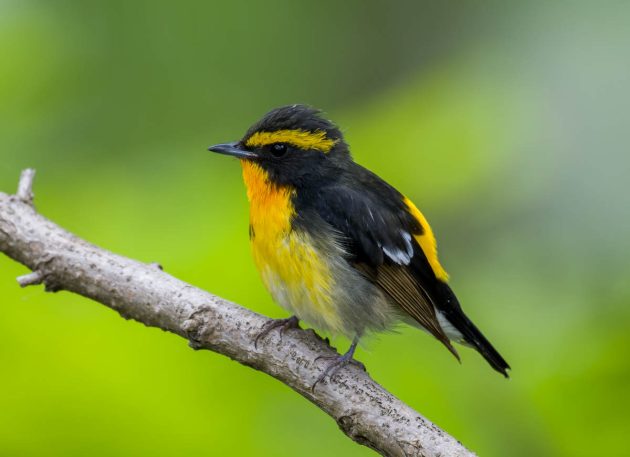
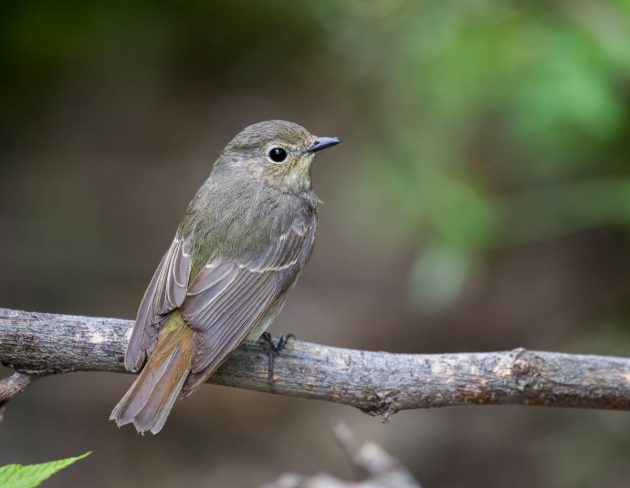
Narcissus Flycatcher (video)
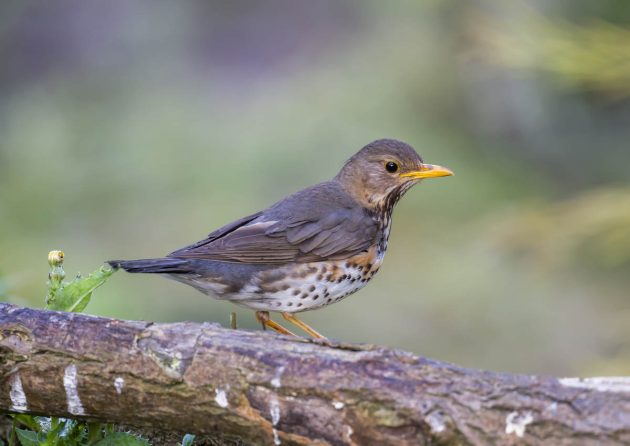
Japanese Thrush, female (video)
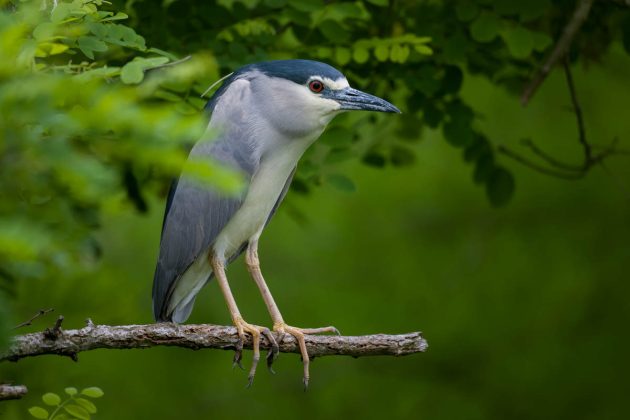
Black-capped Night Heron (video)
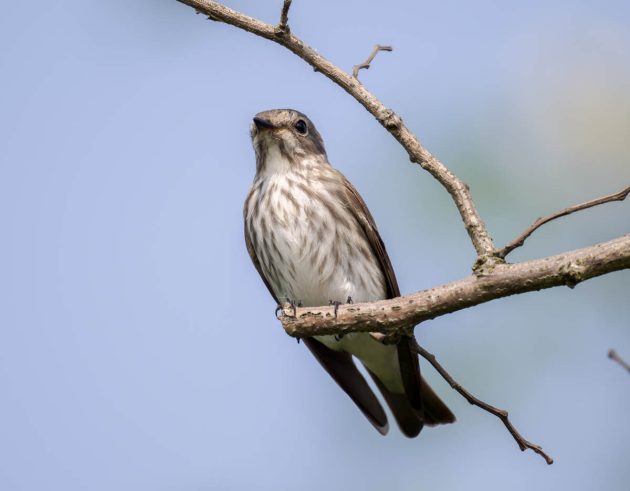
Grey-streaked Flycatcher (video)
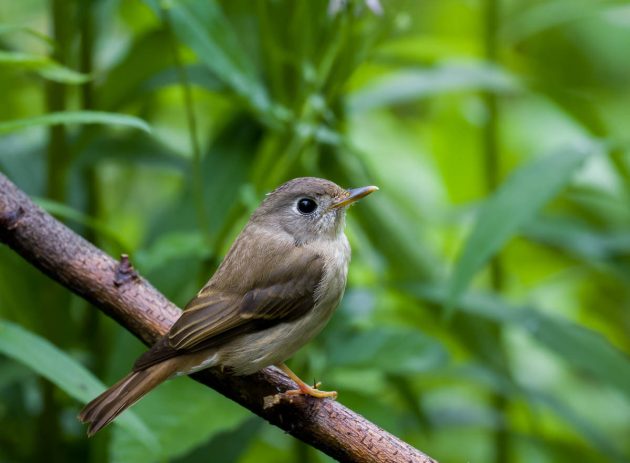
Brown-breasted Flycatcher (video)
Finally, in the dismissive “Other” section, today we have a mammal and a non-mammal, both seen at Nanhui.
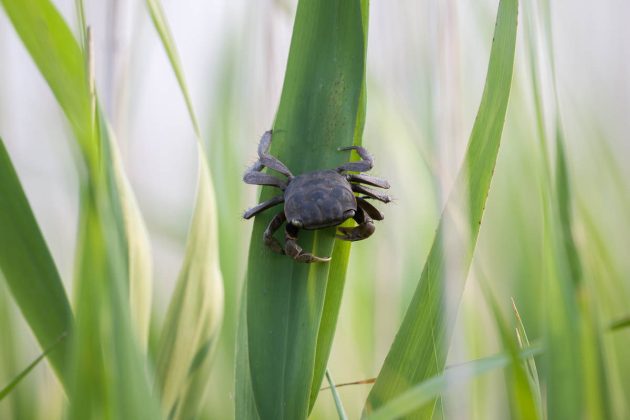
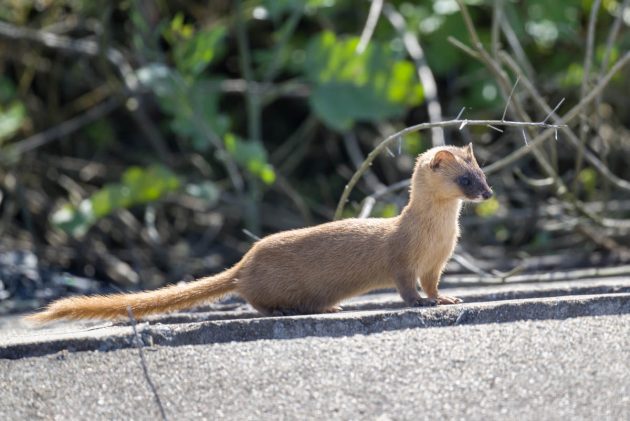













Leave a Comment